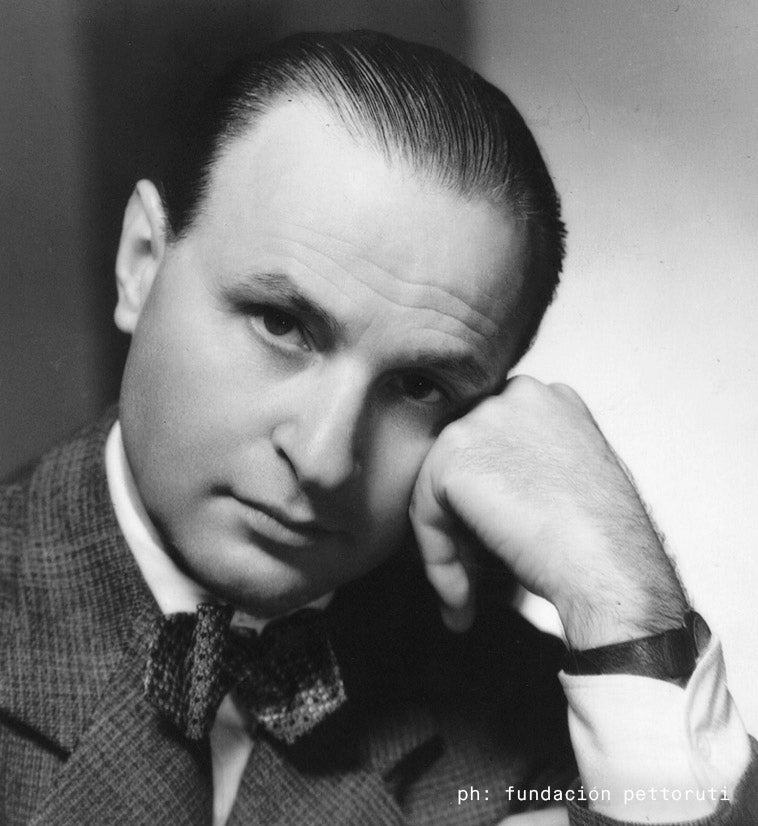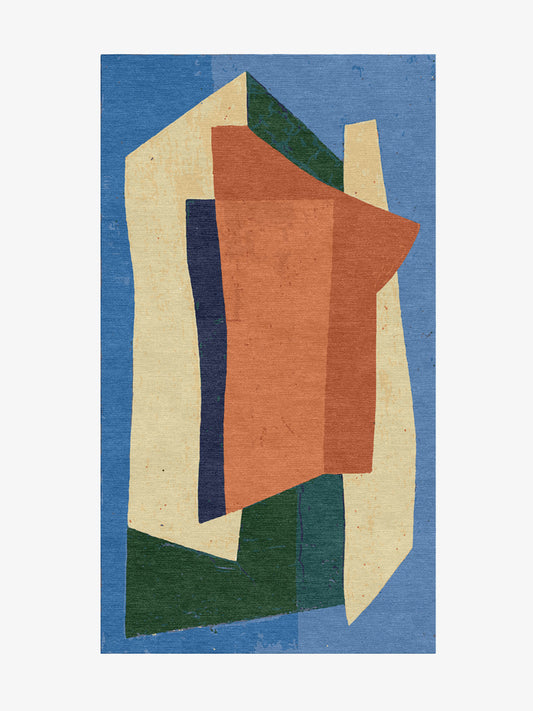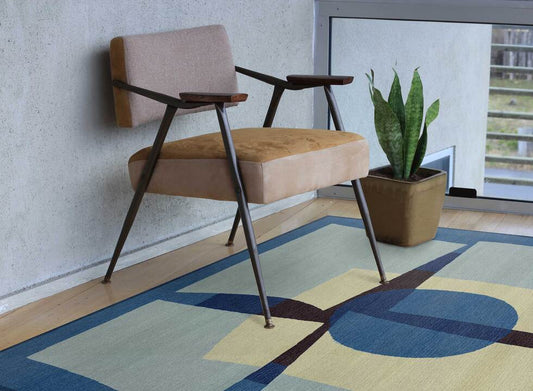petorutti-page
-

-
Emilio Pettoruti (La Plata, 1894 - París, 1971)
“Painting is made up out of color. Hence, I do not consider painters those who are not interested in color and its great expressive resources, capable of translating all feelings, from the simplest to the most dramatic”.
Emilio Pettoruti is an indisputable key figure in the beginning of abstract Art in Argentina. He studied at the Fine Arts Academy in La Plata, and in 1913, he received a scholarship to pursue his education in Europe. There, he approached and befriended some of the biggest names among avant-garde artists at the time: first the Futurists Carlo Carrà and Felippo Tommasso Marinetti in Italy, and later, Juan Gris in France, from whom he learned the cubist premises.
Upon his return to Buenos Aires in 1923, he continued to explore cubism. In the following decades, he would become increasingly interested in the representation of light. In the 40s, he created his “Argentine suns” series: still-life settings placed in front of a window, where the incoming sunlight is depicted not only by color, but also embodied in geometrical shapes, which brighten the scene and alter the relations between objects in the composition.
In the 1960s, when Pettoruti was at the height of his artistic career, he would revisit this pursuit and take it even further. Although the titles allude to birds or butterflies (“Farfalla” in Italian), these colorful compositions entail a final stage of a process started years earlier in his sunlit still lifes. Here, the sunlight bursting through the window glass becomes entirely geometric, transformed into abstract shapes, completely freed from their previous reference in the natural world.
-
Pettoruti Emilio, Capri
Regular price From $4,500.00 USDRegular priceUnit price per -
Pettoruti Emilio, Farfalla
Regular price From $5,000.00 USDRegular priceUnit price per



